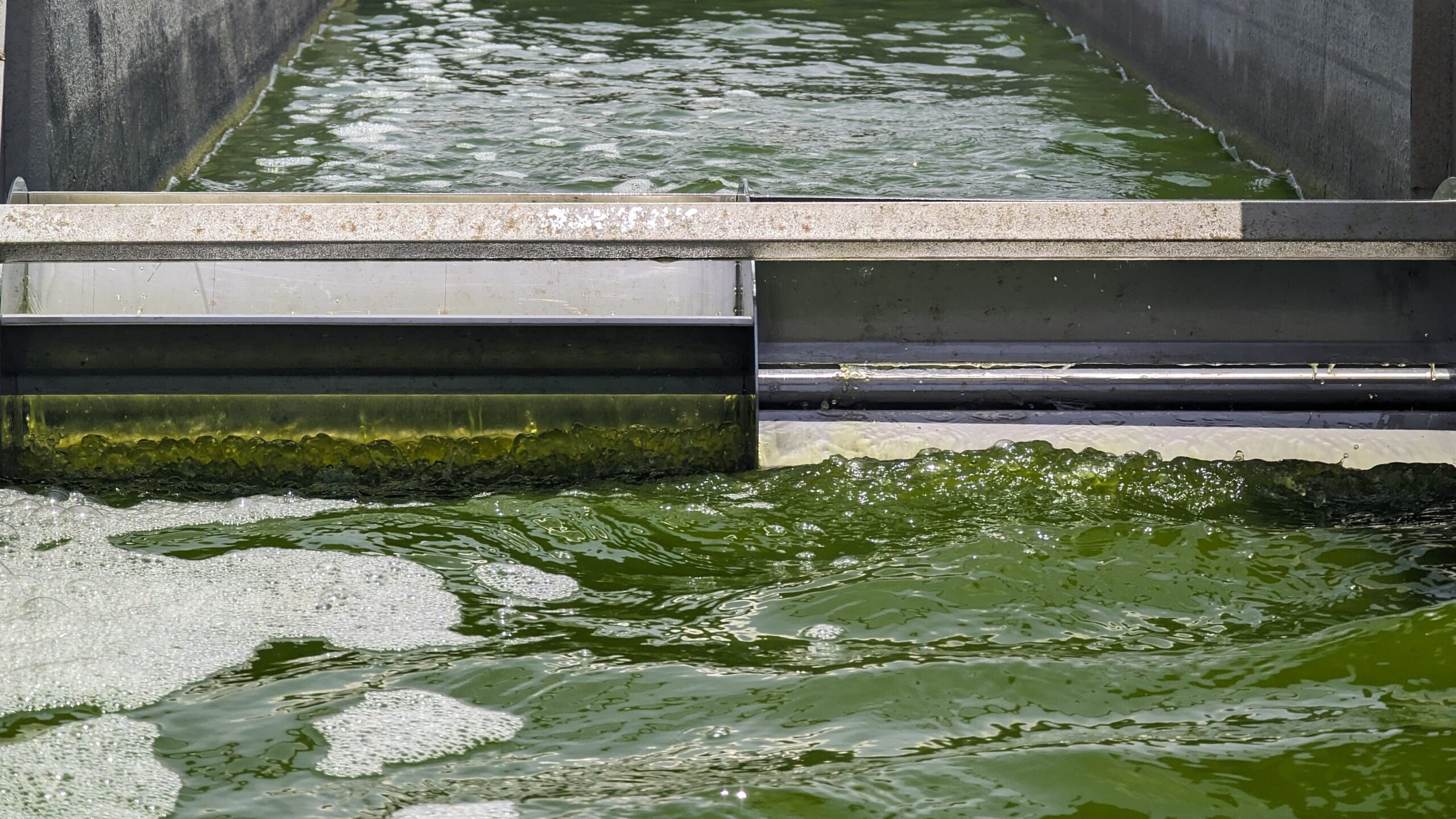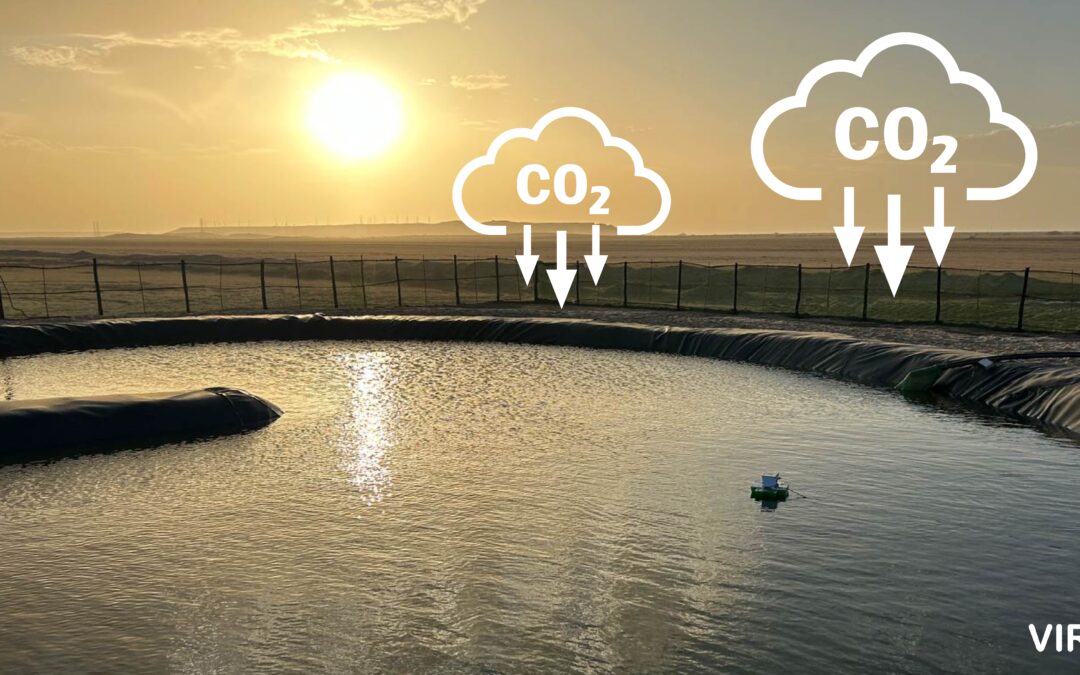Climate change is one of the greatest challenges of our time, and the search for innovative solutions to reduce greenhouse gas emissions is of paramount importance. One promising technology that has gained increasing significance in recent years is called “Carbon Capturing” often implemented as technical carbon sequestration. However, there are also natural, plant-based approaches to Carbon Capturing. In this blog post, we will focus on a specific method of Carbon Capturing – namely, the binding of carbon dioxide by microalgae, as microalgae have the ability to absorb CO2 and convert it into biomass. However, this technology faces several challenges that need to be addressed.
1. Scaling and Resource Requirements
One of the biggest obstacles to Carbon Capturing with microalgae is scaling. Enough amounts of microalgae are required to capture a significant amount of CO2. Large-scale production of microalgae demands significant quantities of water, nutrients, and CO2, making implementation costly and often energy-intensive. The challenge lies in developing sustainable and cost-effective production methods that drastically reduce the enormous demand for resources.
2. Efficiency and Control
The efficiency of CO2 sequestration by microalgae is another challenge. The process of carbon uptake through photosynthesis is complex and influenced by various environmental factors such as light intensity, temperature, and nutrient availability. Fluctuations in these factors can significantly affect the efficiency of CO2 sequestration. Therefore, it is crucial to create optimal conditions for the growth and photosynthesis of microalgae while ensuring precise control over these environmental factors.
3. Biomass Utilization and Long-term Storage
Another issue is the long-term storage of collected biomass. If the goal is to use microalgae as a carbon sink and store them permanently, appropriate methods for long-term storage need to be developed to prevent the re-release of CO2. Approaches include converting biomass into biochar or incorporating algae into construction materials. On the other hand, microalgae can be used for the production of biofuels, such as third-generation Green Fuels / Green Diesel, which brings additional challenges in terms of their economic viability. Pursuing this vision could be worthwhile, as algae-based fuels would be carbon-neutral and avoid competition for agricultural land.
4. Competition with Other Technologies
While using microalgae for CO2 sequestration shows promise, there are already established technologies for Carbon Capturing that are further developed and economically more viable. Chemical separation processes and direct capture of CO2 from industrial sources are examples of such technologies that currently hold a stronger position in the market. Microalgae technology must compete with these established competitors and improve its competitiveness to solidify its role in the Carbon Capturing landscape.

Conclusion
The promising use of microalgae for CO2 sequestration is central to VIRIDE’s mission in the fight against climate change. We believe that our sustainable algae production can make a meaningful contribution to Carbon Capturing. Continued research and technological developments are crucial for us to overcome the challenges that currently accompany our technology. Efficient scaling, optimal control of environmental factors, sustainable utilization of collected biomass, and competition with other technologies are all aspects that need to be addressed. However, through continued research and technological advancements, there is hope that these challenges can be overcome, and the Carbon Capturing technology through microalgae can realize its full potential.
We are convinced that Carbon Capturing will be a central pillar in neutralizing remaining CO2 emissions.
#PowerofAlgae



I subscribe to every word you say!
I would add that the future fruits of your efforts can bring significant benefits to local communities.